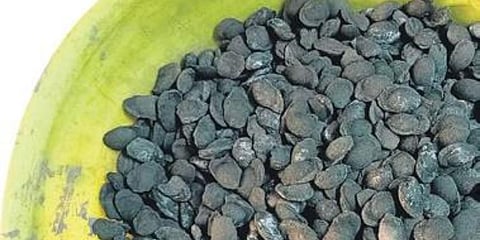NTPC sees wealth in wasted fly ash
PEDDAPALLI: Fly ash, a dangerous by-product released from thermal power plants, causes air pollution. Leading the way in containing this harmful substance is the National Thermal Power Corporation (NTPC) Limited, Ramagundam, which has taken up innovative ways of reusing fly ash on its premises. The fly ash generated at the NTPC is used as a raw material in the production of fertiliser, bricks and interlocking tiles. However, one of the latest ways is of using the ‘geopolymer’ made out of fly ash. Several scientific studies have pointed out how the geopolymers can prove to be a great alternative to cement. Recently, a 1.45-km stretch of road was laid in the NTPC township using this geopolymer.
The corporation has collaborated with the National Institute of Technology, Warangal, to test the fly ash geopolymer products in construction and is constructing a model building. It has also set up a geopolymer lab for this purpose.
It is also being used to manufacture gravel-like stone which is much lighter than the natural stone gravel and can be used in construction projects. Using it in a ratio of 80:20 (80 per cent fly ash and 20 per cent chemical producing), 10-, 20- and 40-mm gravel can be made.
The NTPC has also started making interlocking tiles out of fly ash, which can be used in the front-yard of houses or to lay footpaths. Though the corporation is currently using these tiles for its own purposes, it soon plans to sell these. Over three years, the NTPC has utilised 100 per cent of the fly ash generated at its plant. The plant generates 8,000 tonnes of fly ash every day as around 34,000 tonnes of coal is burned.
Eco-friendly use
NTPC, Ramagundam, uses the fly ash generated on its premises as a raw material in the production of fertiliser, bricks and interlocking tiles. Earlier, apart from being reused in cement plants and brick kilns, the by-product used to be disposed of in underground coal mines or was used to level low-lying areas, which is not environmentally sustainable

